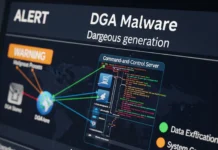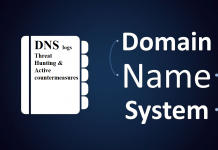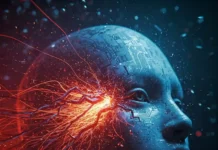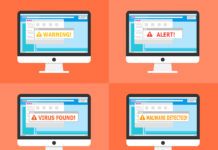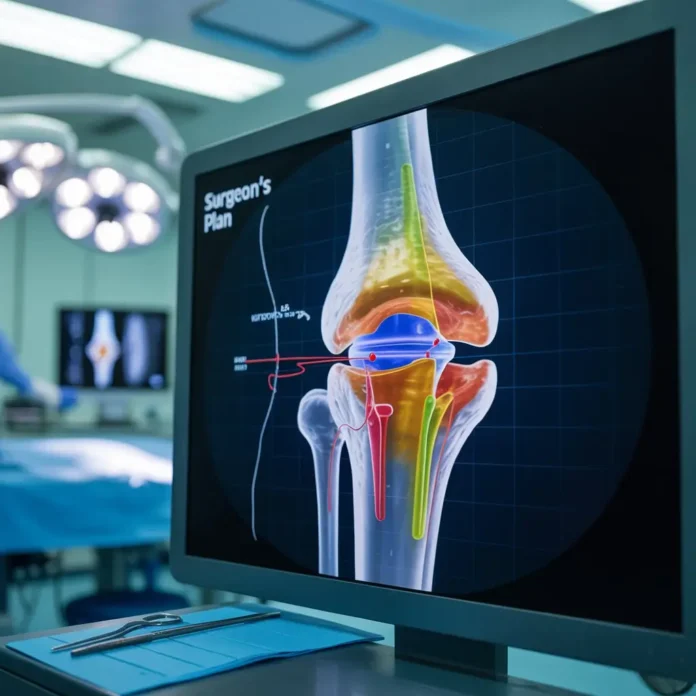There comes a point in every surgical pathway when diagrams grow vague and spoken explanations fade. The risks are too significant and the anatomy too intricate to rely solely on ink sketches before entering the OR. Patients expect clarity, while surgical teams require precision without room for error or misunderstanding.
This might be the right time to avail 3D medical animation services. It could be a practical upgrade to how modern surgical planning should operate.
When a surgeon guides a patient through a forthcoming operation using a vivid, animated 3D model, every manoeuvre is shown, every risk is rendered in motion. The result is a quiet assurance that replaces earlier dread. The technology exists to sharpen the plan in the team’s eyes while making the entire sequence comprehensible to the patient’s imagination.
The Missing Link in Surgical Team Alignment
2D Isn’t Enough Anymore
Classic tools—hand-drawn atlas plates and flat grayscale scans—ask the interpreter to fill too many blanks. In a setting where the tiniest deviation counts, those blanks can grow into delays and nervousness in the team.
3D medical animation now enables surgeons to choreograph and drill the entire sequence in a purely visual space.
The outcome is a streamlining of the entire surgical crew: anaesthetists, scrub nurses, and surgical assistants arrive in the room already attuned to the same mental picture, margins for error shrink, and the atmosphere is one of quiet assurance. Each layer of fascia, every vascular loop, and each trajectory of the scalpel is already familiar before the skin is breached.
3D Animation Usage in Hospital Settings
The rise of lightweight 3D animation software for Chromebook has given medical teams the freedom to access detailed 3D animations anywhere, whether in the break room, at their desks, or during a fast pre-op huddle.
Surgeons and residents can now review precise procedural simulations without needing bulky workstations, keeping training and planning fast, flexible, and always of the highest quality.
Transforming Pre-Surgical Consultations
Patient’s Consent with Visual Clarity
Informed consent hinges on the patient genuinely grasping what will happen to their body. Yet it’s common for patients to nod along in a clinic room, their eyes saying they still don’t quite follow; no one wants to seem uninformed. This leads to anxiety on surgery day.
3D animation services can change this dynamic, offering patients step-by-step, colorful animations of their procedures. They can watch the new artery path in a bypass, the careful maneuver of a tumor’s removal, or the exact rotation of a joint replacement, making the invisible mechanics clear.
This leads to calmer, more informed patients who trust their surgical team and feel included in their treatment journey.
Bridging Communication Gaps with Multilingual Visuals
When patients speak multiple languages and medical terms proliferate, explaining what’s at stake can be challenging. Here, 3D visuals cut through the jargon; a beating heart, a rotating implant, a moving scalpel speak directly to eyes, moving the meaning beyond vocabulary and making consent truly informed.
Hospitals that adopt 3D animation software on Chromebooks can store procedural animations in multiple languages, allowing for uniform explanations that honour the cultural backgrounds of every patient.
Precision in Complex Surgeries
Training and Rehearsal for Rare Procedures
In fields like neurosurgery, cardiac surgery, and complex orthopaedic cases, there is no room for error. Yet, training for infrequent interventions still relies on lectures, VR drills, and coached operating room experience, which can leave gaps in proficiency.
3D medical animation services help visualize these procedures repeatedly from different angles. This enables surgeons to mentally rehearse, refine their approach, and prepare for potential complications.
Making Collaboration Across Specialities Convenient
Contemporary surgical care is a teamwork endeavour that unites oncologists, radiologists, surgeons, and anaesthetists. Medical animation services provide a shared, detailed animation that the entire team can consult while collaboratively refining the treatment strategy.
Instead of abstract conversations over static MRI images, teams can synchronise their plans using dynamic, animated models that align everyone on the same page.
Bettering Surgical Training with Realistic Visual Aids
Bridging the Experience Gap for Residents
Every experienced surgeon started as a resident, quietly absorbing knowledge in the operating theatre, memorizing angles, verbal cues, and subtleties as attending surgeons carried out intricate techniques.
However, the truth is that many residents graduate having seen only a handful of the rare, nuanced cases that they will later encounter in practice. This shortage of first-hand cases can hinder their clinical confidence and decision-making.
Integrating 3D medical animation services into clinical training provides residents with on-demand, high-fidelity visualizations of entire procedures, demonstrating each critical step in a way that textbooks and simulators alone cannot.
Young doctors can replay these animations as many times as they need, pausing on critical steps and examining the finesse required in delicate surgeries. Seeing the full sequence in three dimensions fosters a deeper understanding they can carry into their first OR experience.
Preparing for Emergency Procedures
When the trauma pager buzzes, the clock starts; there’s no time to second-guess. Teams assemble and need an instant mental picture of the life-saving maneuvers they trained on infrequently. 3D animations can serve as a rapid-fire refresher, bringing the rare procedure back into clear focus within minutes.
Instead of flipping through textbooks under pressure, surgical teams can view clear, rapid animations to ensure they are aligned before the patient arrives in the OR.
Supporting Medical Device Integration
Streamlining New Device Adoption
When a shiny new device arrives, the OR buzzes, but cautious curiosity reigns. Surgeons want to see exactly how it will interact with tissue, how it will improve outcomes, and what the failure modes might be. Visualizing the device in context helps bridge the gap between curiosity and confidence.
Companies and hospital educators can utilize 3D animations to depict the device being applied in a comprehensive, methodical sequence. The slides demonstrate its entry into the field, meshing with anatomy, and integrating seamlessly into established workflows, thereby answering questions before they’re asked.
It helps teams learn faster and feel confident in using innovative technologies along with maintaining safety and precision during procedures.
Optimizing Pre-Operative Team Briefings
From Discussion to Visual Agreement
Pre-op briefings set the tone, but even the crispest talk can leave different mental pictures in each listener’s head. A 3D animation embedded in the briefing adds a shared visual language, enabling the leader to guide the team through the critical moments of the plan, spotlight risks, and clarify the precise steps that will keep the procedure on track.
For example, a planned tumour resection can be visually mapped, showing precise margins and the pathway for removal. This visual agreement helps reduce misunderstandings, fosters teamwork, and keeps everyone aligned as the procedure begins.
Favorable Patient Outcomes Through Visual Strategy
Surgical planning increases the chances of performing a successful surgery. It also improves patient outcomes post-operatively. Visual planning with 3D medical animation services allows surgical teams to anticipate complications, strategize approaches to minimize invasiveness, and adjust plans to preserve critical anatomical structures.
This level of preparation contributes to faster recovery times, reduced surgical durations, and fewer complications, leading to higher patient satisfaction.
Final Word
3D visuals are instrumental in revolutionizing the way surgical teams prepare for and perform procedures. 3D medical animation services are a vital tool for determining patients’ outcomes and surgical successes.
Now is the time for medical professionals to integrate these animations into surgical planning and educational workflows. They offer a clear path forward in your commitment to safer, smarter, and more effective patient care. It also transforms the operating room experience for your team and the patients who trust you with their lives.





